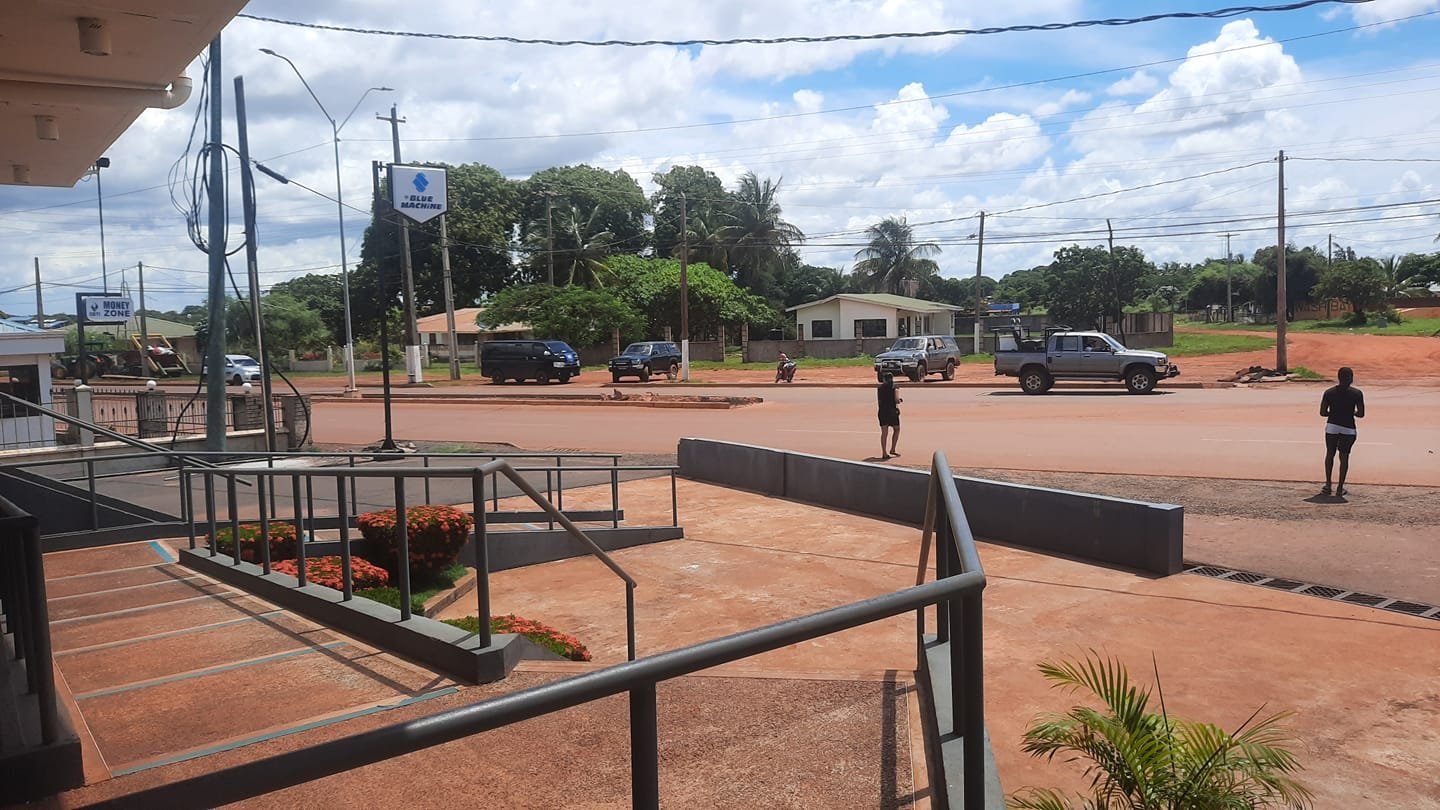Close

Fulfilling its pledge to improve access to affordable housing across Guyana, the Government has made notable advances in Region 9 (Upper Takutu–Upper Essequibo), focusing on Lethem as a hub of development. Since 2020, hundreds of residential lots have been allocated to residents, offering families the means to secure land and invest in their future. This effort forms part of the national strategy to deliver 50,000 house lots across the country by 2025.
The Central Housing and Planning Authority (CH&PA), under the Ministry of Housing and Water, is overseeing this initiative in Lethem. Reports indicate that over 400 house lots have been distributed so far, with accompanying infrastructure projects—including roads, drainage systems, and reliable access to potable water—already underway to ensure these new communities are functional and resilient (Department of Public Information, 2023).
These efforts extend beyond simply allocating land. They are designed to strengthen social equity, promote regional growth, and empower citizens by giving them an opportunity to own property and build financial stability. Beneficiaries in Lethem include young professionals, single-parent households, and those from lower-income brackets who now have a secure foundation for the future.
Complementing the lot distribution is a suite of supportive policies such as the Home Improvement Subsidy and partnerships with banks to facilitate access to affordable mortgage options. These measures help ensure that home ownership is achievable and sustainable for all segments of society (Ministry of Housing and Water, 2024).
This housing programme also aligns with the broader vision of reducing disparities between the coast and hinterland regions. By encouraging investment and development in places like Lethem, the government is helping to decentralize economic activity, create local employment opportunities, and improve quality of life. As highlighted in recent government outreach sessions, the aim is to guarantee that all Guyanese, regardless of location, have equal access to opportunities and essential services (Guyana Chronicle, 2024).
What is happening in Lethem demonstrates that true progress is about more than distributing land—it is about building communities, empowering families, and laying the groundwork for lasting development. With these initiatives, Region 9 is being given not just housing, but hope and a real stake in Guyana’s future.

The Guyana Project is an independent media platform delivering fact-checked, ground-level reporting on politics, economy, and public life in Guyana. With a focus on transparency and development, we bring unfiltered news and thoughtful analysis to help shape a more informed, forward-looking nation.

Empowering Region 9 Through Sustainable Housing in Lethem

Lorem Ipsum is simply dummy text of the printing and typesetting industry. Lorem Ipsum has been the industry’s standard dummy text ever since the 1500s, when an unknown printer took a galley of type and scrambled it to make a type specimen book. It has survived not only five centuries, but also the leap into electronic typesetting, remaining essentially unchanged. It was popularised in the 1960s with the release of Letraset sheets containing Lorem Ipsum passages, and more recently with desktop publishing software like Aldus PageMaker including versions of Lorem Ipsum.
t is a long established fact that a reader will be distracted by the readable content of a page when looking at its layout. The point of using Lorem Ipsum is that it has a more-or-less normal distribution of letters, as opposed to using ‘Content here, content here’, making it look like readable English. Many desktop publishing packages and web page editors now use Lorem Ipsum as their default model text, and a search for ‘lorem ipsum’ will uncover many web sites still in their infancy. Various versions have evolved over the years, sometimes by accident, sometimes on purpose (injected humour and the like).
Contrary to popular belief, Lorem Ipsum is not simply random text. It has roots in a piece of classical Latin literature from 45 BC, making it over 2000 years old. Richard McClintock, a Latin professor at Hampden-Sydney College in Virginia, looked up one of the more obscure Latin words, consectetur, from a Lorem Ipsum passage, and going through the cites of the word in classical literature, discovered the undoubtable source. Lorem Ipsum comes from sections 1.10.32 and 1.10.33 of “de Finibus Bonorum et Malorum” (The Extremes of Good and Evil) by Cicero, written in 45 BC. This book is a treatise on the theory of ethics, very popular during the Renaissance. The first line of Lorem Ipsum, “Lorem ipsum dolor sit amet..”, comes from a line in section 1.10.32.